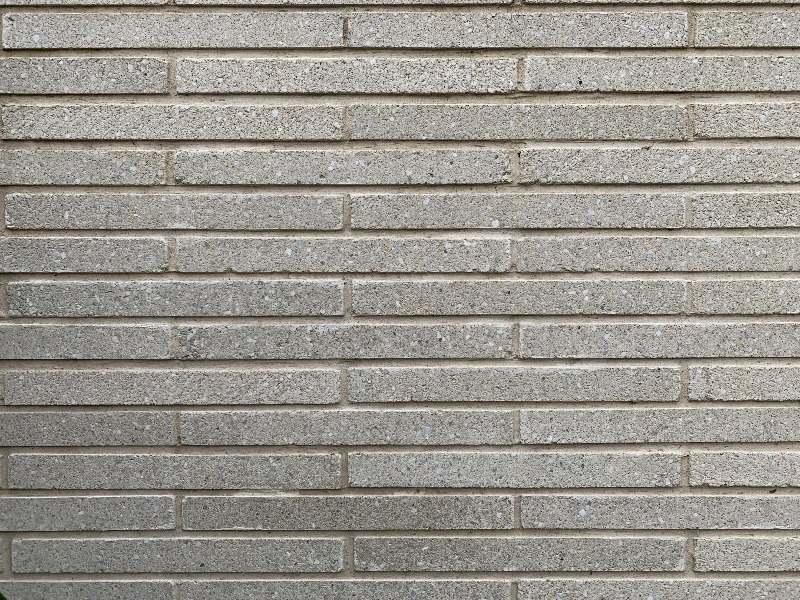
Virtually all brick structures possess a charming old-world feel about them. This charm is probably the cause why so many people fancy brick structures, and why many need to build with bricks or understand how constructing with bricks is carried out. The truth is, bricklaying is increasingly gaining reputation amongst the do-it-yourself crowd. Get more details about brick Mackay
Being one in the oldest crafts in the world, bricklaying calls for a good quantity of skill and know-how so as to do it appropriately. A lot of do-it-yourselfers start off out with a vision of what their end structure will look like, only to be left using a faulty wall that is badly joined, producing it susceptible to the elements, that will eventually trigger it to tumble.
If you've never ever constructed something just before, you might be improved off starting with anything much easier than a project which demands bricklaying. Nevertheless, in case you have already been creating for any when and have succeeded in building quite a few effective structures, then bricklaying may very well be the subsequent step within your do-it-yourself repertoire. Just keep the following guidelines in thoughts:
Space Out Your Bricks
Bricks must be laid with even spaces in among. This promotes the strength of your structure. A fundamental brick wall, for example, ought to have about 10mm of space amongst every single brick. This 10mm is filled with mortar, which holds bricks (and also the entire structure) with each other. To create sure you get the spacing correct, attempt laying all of your bricks out devoid of mortar just so you can see if 10mm among each brick will leave you with even spaces. If it doesn't, say your last bricks will have 2 inches of space amongst them, then boost the space among each brick, but do so by evenly dividing the further space.
Tap Them Straight
If you commence laying bricks, you'd like to make sure they may be laid evenly and straight. Once more this really is vital for the structure's strength. A structure that has slanting (evenly slightly slanted) bricks may not final or hold for long. It is advised which you possess a spirit level on hand all the time, and check to view in case your bricks are even often throughout the bricklaying process. Checking after each two bricks lain is really a great practice. In case your bricks are certainly not even, merely tap them down (must be completed even though mortar continues to be soft) so that they even out. Just remember to scrape away excess mortar.
Know Your Bricks
Ahead of you even commence on your project, it really is essential to know the bricks you might be operating with. Bricks is usually produced from several distinct materials and these can act differently in diverse climates. Study your climate and do some analysis on what type of brick will do ideal thinking of where you live. Also, know the sides of the bricks. Most bricks have a face, an indented side (at times referred to as a frog side), the top, and also the end. Some manuals on bricklaying may merely use this type of jargon without explaining each and every one, so make sure you're familiar with the terms.
Calculate Your Mortar Properly
When mortar is mixed, you only have about two hours just before you might have to use it up. Should you do not, it will harden and will no longer be of any use. It can be for that reason significant which you calculate your mortar appropriately. This saves you time and money.
So, to calculate for mortar, determine how a lot of bricks you'll need. A simple brick wall will require about 65 bricks per square meter. Get your total number of bricks and divide this by 135, this equals the number of bags of cement you will need. Multiply the number of bags by three, this equals the cubic feet of sand you may need. Divide the sand by 27 (which can be the number of cubic feet in a cubic yard.) You might want to know the cubic yards for sand mainly because this can be how sand is sold. Finally, you'll need 4 to six gallons of water per batch of mortar.
Mathematically:
65bricks/135 = 0.4814815 (number of bags of cement required to make 1 square meter of brick)
0.4814815 x 3 = 1.4444444 (cubic feet of sand)
1.4444444/27 = 0.0534979 (cubic yards of sand)
Keep these recommendations in thoughts when bricklaying, and you should be in a position to construct a simple brick structure, like a wall in the end of the garden. For those who would like to generate a lot more complicated structures, like corners, arches, and so forth., then you are best off calling an seasoned Mansfield bricklayer.




























